INVESTIGATIONS! Design Project
Infrastructures of Consumerism #5
By: Carolin Fuhrig, Liliia Sabirova
Studio: Infrastructures of Consumerism I SS2020
Habitat Unit
Published on September 16, 2020
The aim of the following analysis is to track the delivery chain journey of a random purchase, revealing parts of the (socio-) spatial setting within which the goods travelled.
Students were asked to ascertain as much as they could via email and general investigation to locate where the retailer stores their products, in terms of:
1. Geographical and urban spaces through which the purchase travelled, e.g from retailers’ storage shed in an industrial estate on urban periphery (A) to 3rd party delivery logistics hub in regional town (B), to delivery firm’s logistics centre on edge of urban periphery (C)
2. The physical infrastructures the purchase passed through, e.g shipping containers, storage depots, storage shelves, DHL pack-stations, delivery vans, stairwells, etc.
3. Employment conditions of delivery workers involved (search for articles in newspapers, especially from recent months) environmental impact – CO2 footprint (search online for the various methods to calculate / estimate this).
Carolin Fuhrig – Purchasing Medication

[1] May 11, 18:59 shop apotheke Dirk Hartogweg 14, Venlo, NL „the shipment was announced to Hermes eletronically“, time of pick-up unknown [2] May 11, 23:45 Hermes distribution Center, Münchener Straße 39, Langenhagen [3] May 13, 01:24 arrival at Hermes distribution Center, Industriestraße 13, Fredersdorf-Vogelsdorf [4] May 13, 10:11 Zentrallager, Herzbergstraße 87–99, 10365 Berlin [5] May 13, 14:34 Braunschweiger Straße, delivery failed [6] May 13, 14:46 delivery at neighbours WG, 17:10 pick-up [7] Hermes shops nearby
The journey described tracks a delivery of medical products (e.g. painkillers, pharmacy toiletries) ordered online. It starts in Venlo in the Netherlands where the pharmacy store “shop apotheke”, founded in 2001, has been located since 2010.
After the pharmacy store handed it over to Hermes, it travelled to the Berlin area via a centralised distribution center in Germany. It was then sorted at another distribution center in Brandenburg, very close to the Berlin city border, in Fredersdorf-Vogelsdorf, directly connected to the A10 Autobahn. The stop between here and the final delivery address was not to be found out via the free Hermes smartphone app.
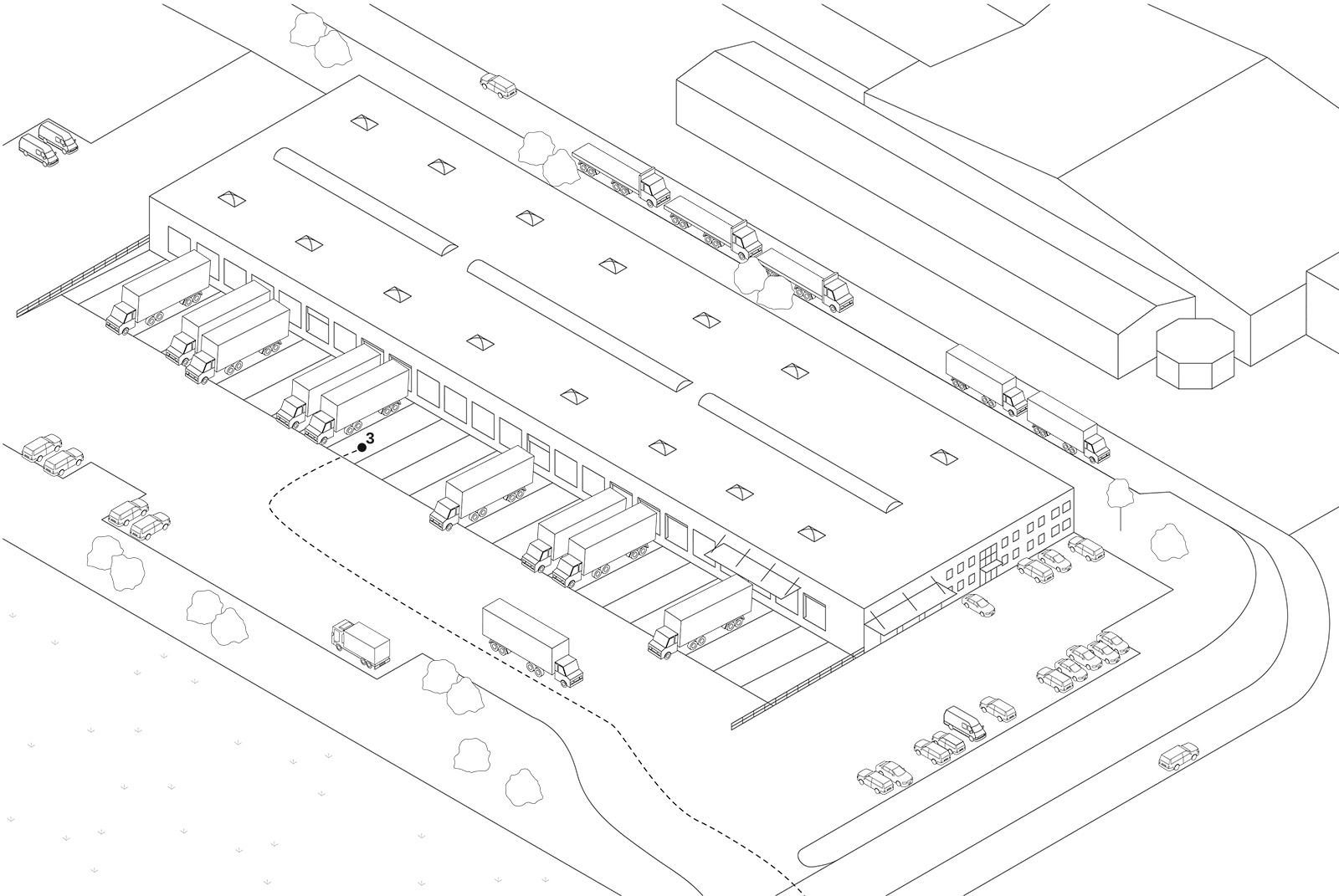
Hermes distribution Center, Industriestraße 13, Fredersdorf-Vogelsdorf
The package was sent to one of 20–30 local storage locations in the city of Berlin, in this case to Herzbergstraße 99 in Lichtenberg. This is not an official Hermes distribution center, but a warehouse used by the company.
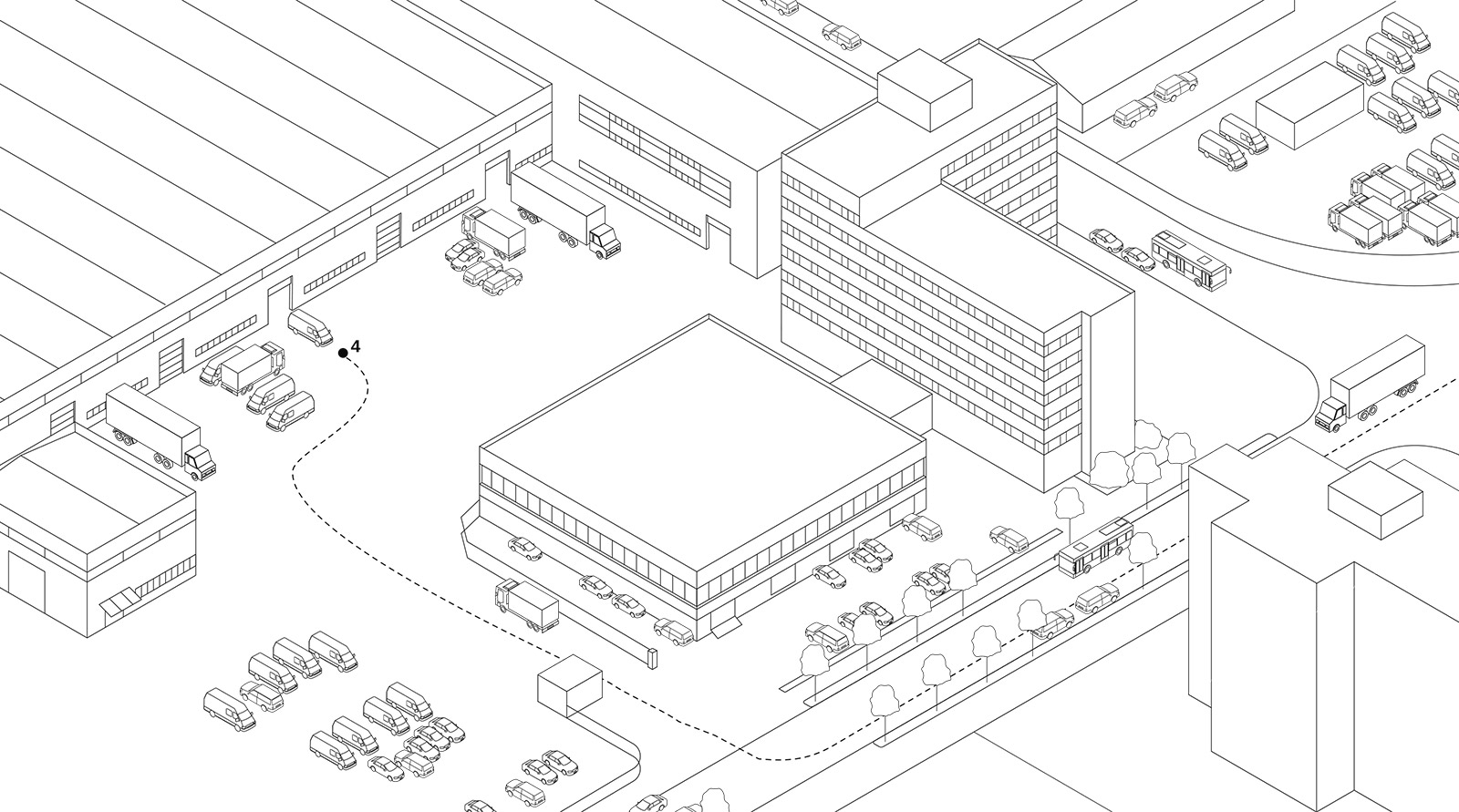
Zentrallager, Herzbergstraße 87–99, 10365 Berlin
At this location it was loaded onto a smaller delivery van, which then headed towards the final destination in Neukölln. When the delivery failed, the package was received by a shared flat in a neighbouring building, which has happened several times before with other orders. The delivery person always asks the same neighbours to help out if the recipient is not available.
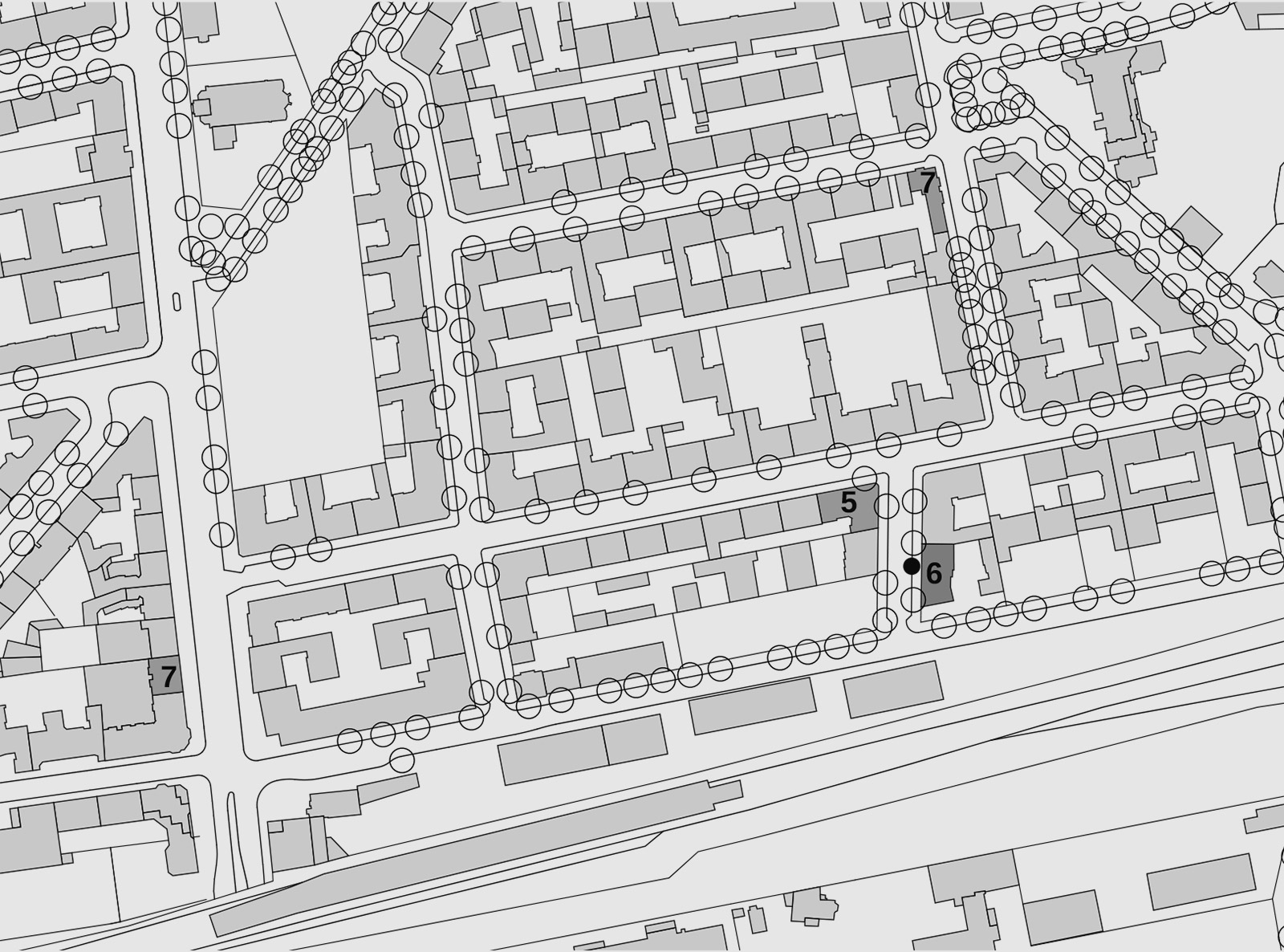
Braunschweiger Straße, Berlin
Since it is a shared flat, there is usually somebody home, which makes it quite convenient to leave sent packages at this place, for both the delivery person and the neighbours.
When asked how this works and why they receive so many packages for other people, they explained that they are just being nice and also mentioned how the delivery person sometimes tries to return the favour – for Christmas he gave them chocolates and sweets.
In the end, their hallway became an improvised package store for Hermes customers of this neighbourhood.
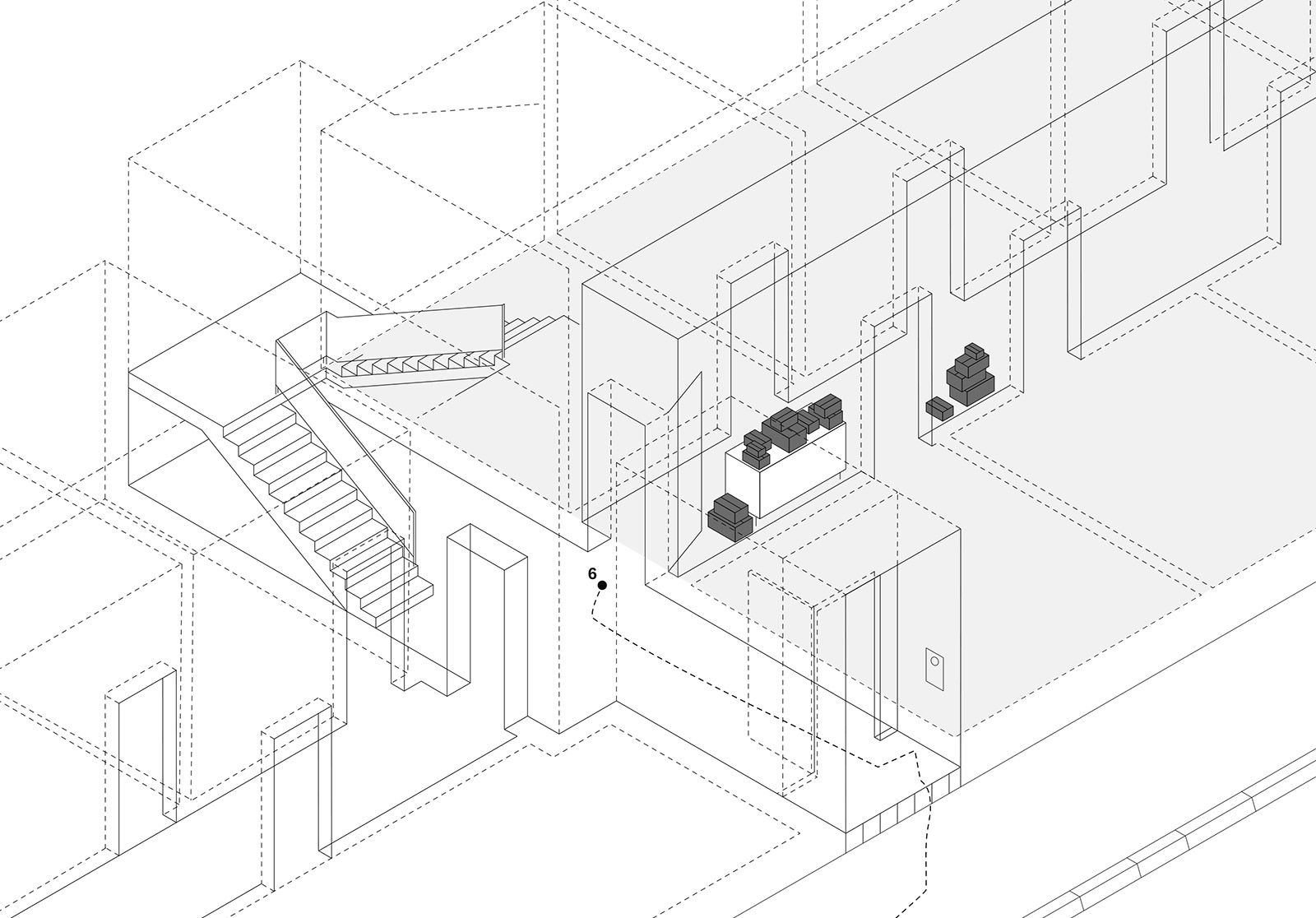
Neighbouring Flatshare

Liliia Sabirova – Purchasing Sunglasses
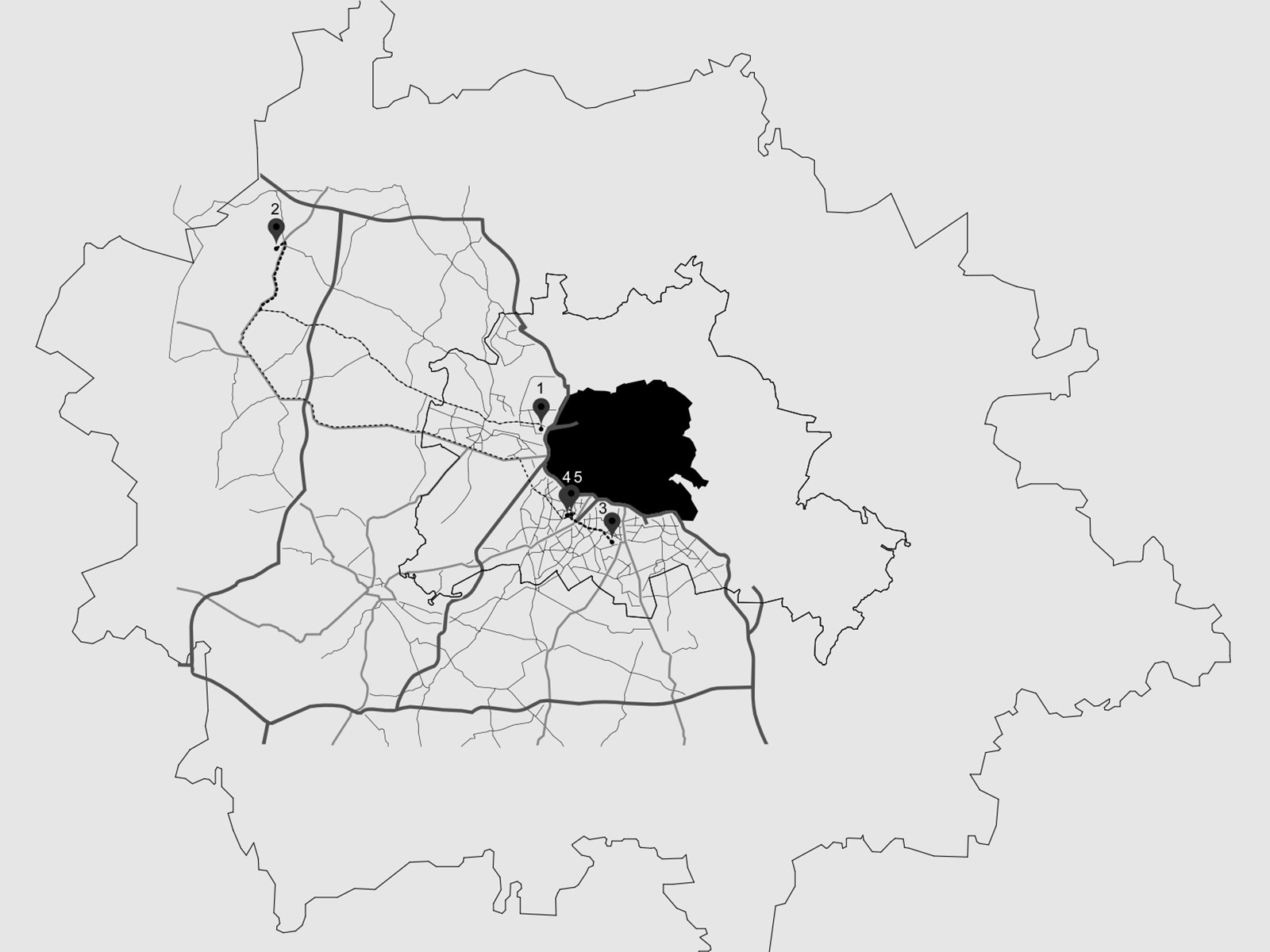
[1] Fr, 27.03.2020, 20:17 The instruction data for this shipment have been provided by the sender to DHL electronically [2] Mo, 30.03.2020, 14:31, Börnicke The shipment has been processed in the parcel center of origin
[3] Tu, 31.03.2020, 06:43, Berlin-Mariendorf MechZB The shipment has been processed in the delivery base.
Tu, 31.03.2020, 10:46 The shipment has been loaded onto the delivery vehicle. Tu, 31.03.2020, [4] 14:26 The shipment could not be delivered, and the recipient has been notified. [5] Tu, 31.03.2020, 17:55 The shipment is being brought to Filiale Berlin Markelstr. 8 for pick-up. The earliest time when it can be picked up can be found on the notification card. Tu, 31.03.2020, 18:45 The recipient has picked up the shipment from the retail outlet
After learning the details of shipment tracking and and marking all delivery points on the Berlin-Brandenburg map, I’ve noticed that the distance between my home and the seller‘s warehouse is, in fact, the shortest way between the warehouse and all other points. That, on the one hand, makes the whole delivery chain meaningless, and on the other, shows how this delivery system works.
I‘ve tried to analyse these movements and find out, which highways and city streets could be used. There were some parts of the track, that were most likely repeated by delivery workers. At the same time, the center of the city is avoided in this chain and probably also in a big part of such deliveries. It probably means, that delivery needs cover mostly the periphery and could be assigned as some sort of feature .
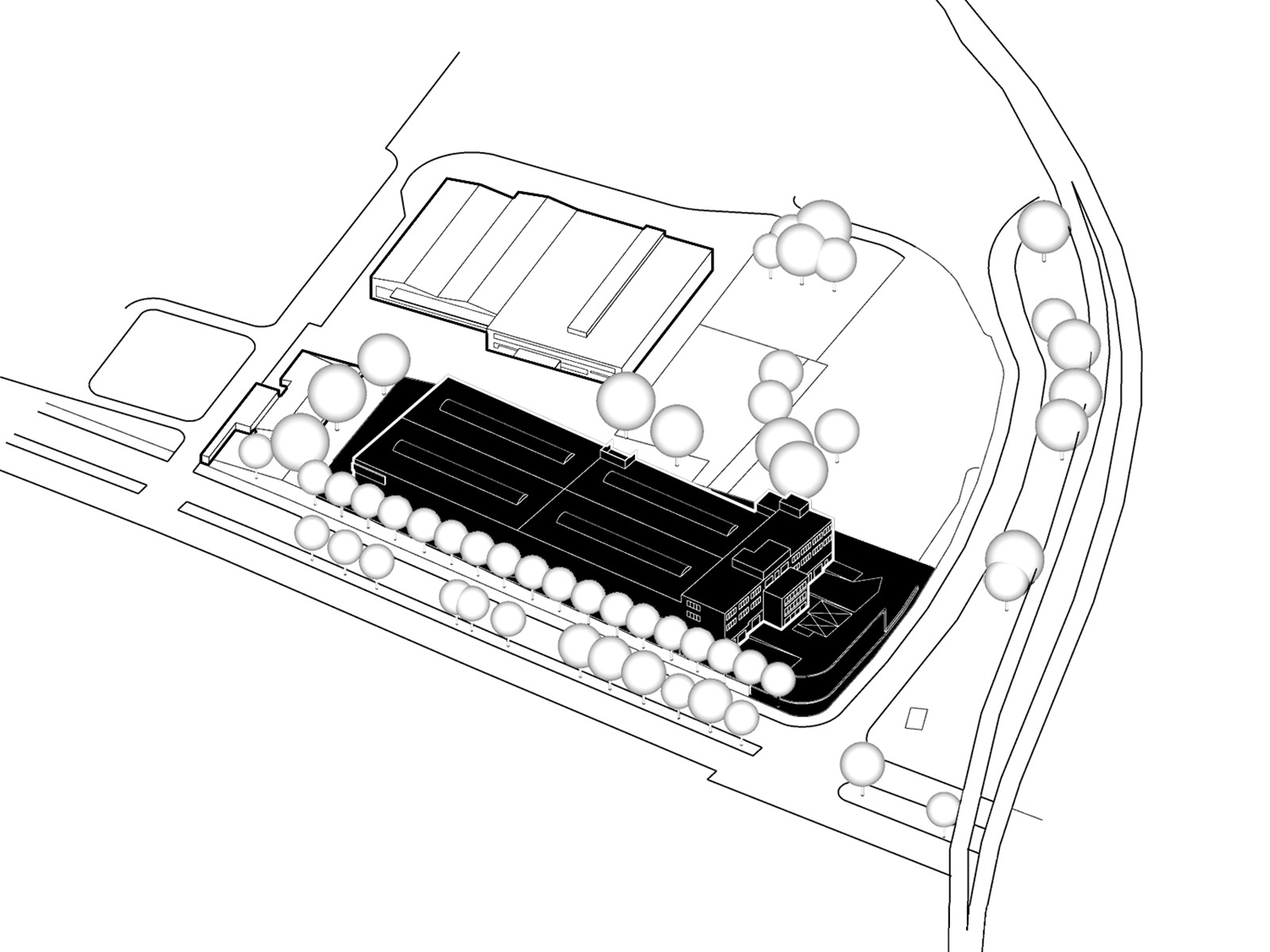
1 Mister Spex Online Optician trade logistics center / Sales Wohlrabedamm 1, 13629 Berlin
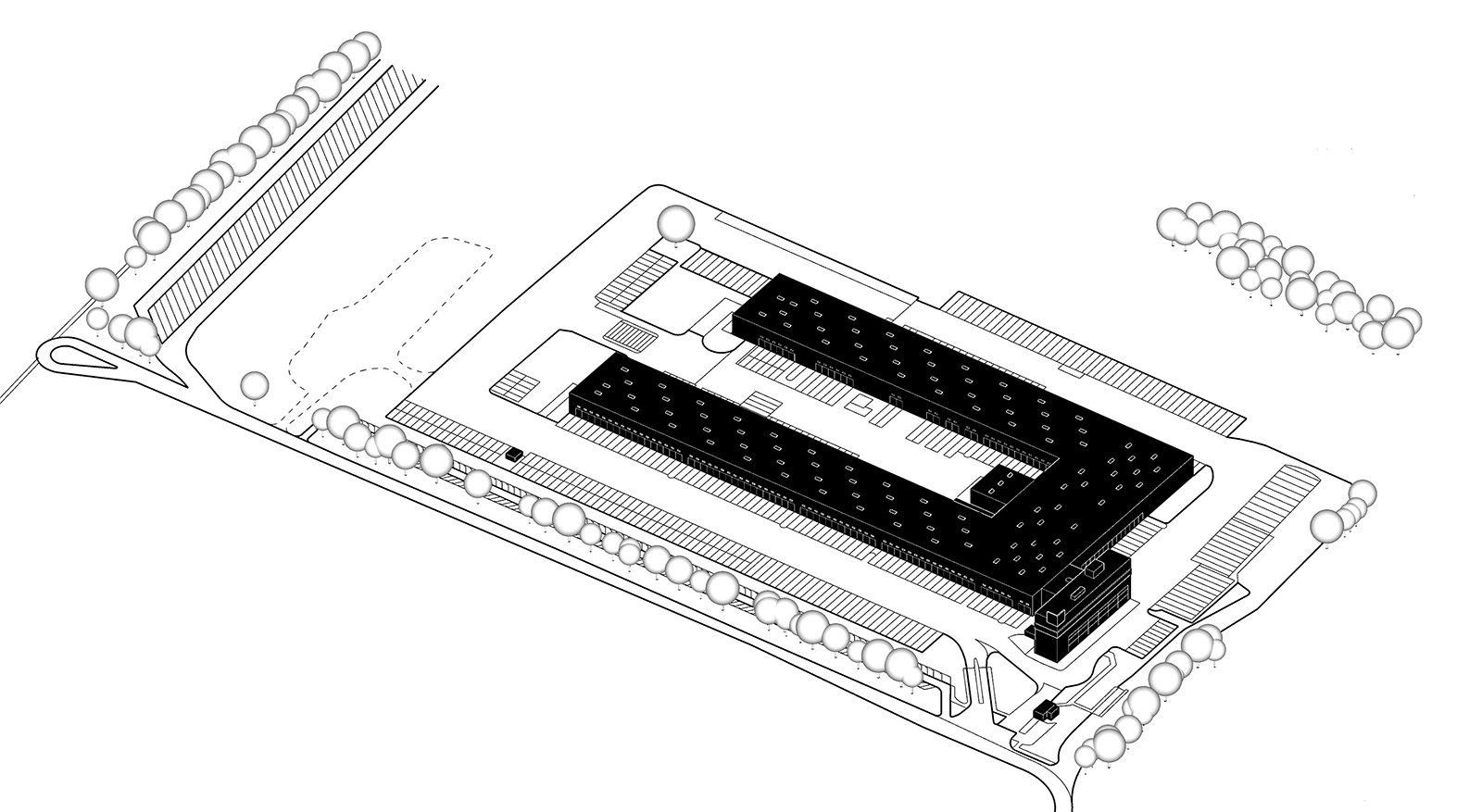
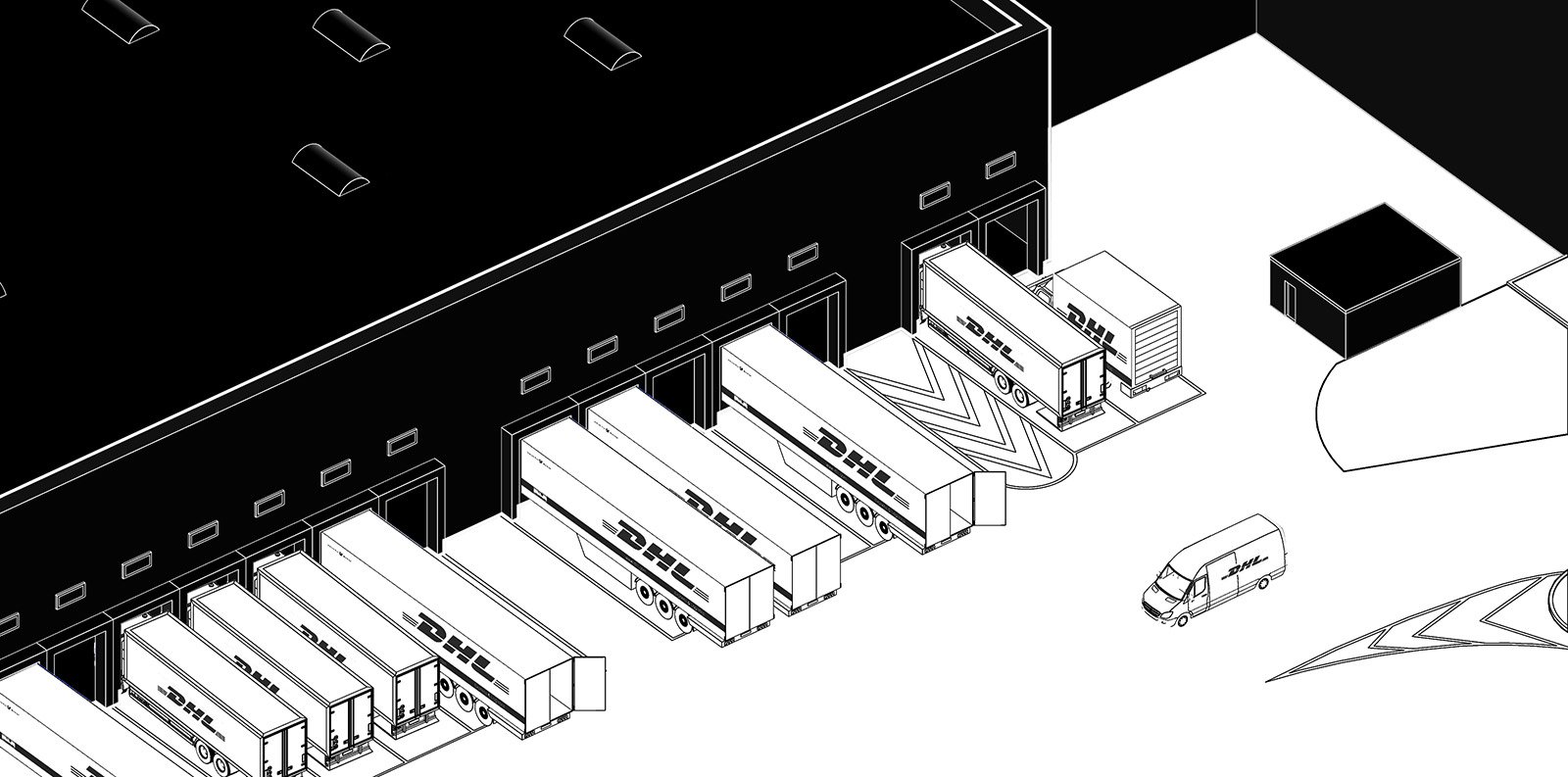
2 DHL Frachtzentrum Börnicke Berlin-Nord Poststraße 1,14641 Nauen
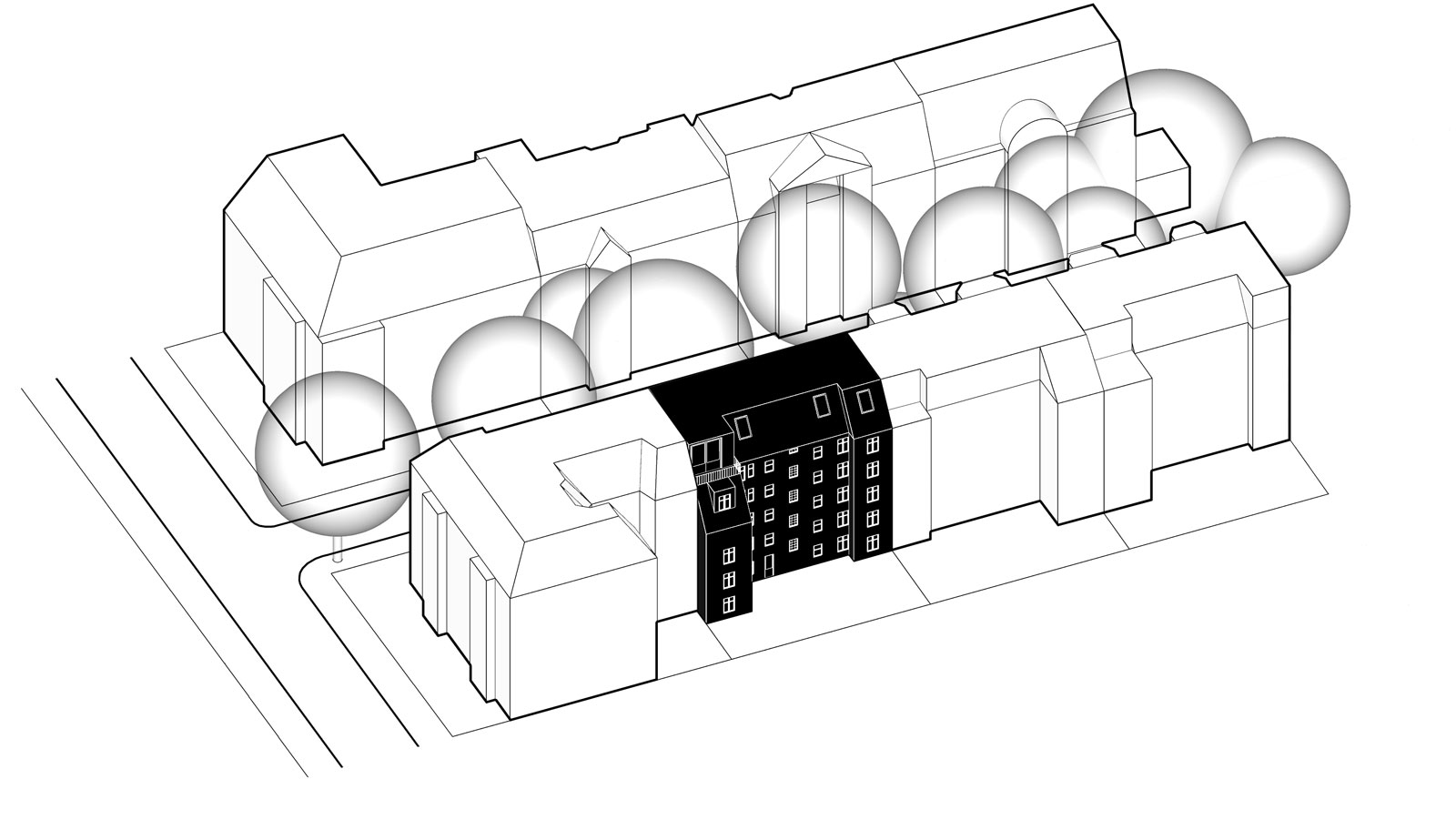
4 Gutsmuthsstraße 16, 12163 Berlin (home)
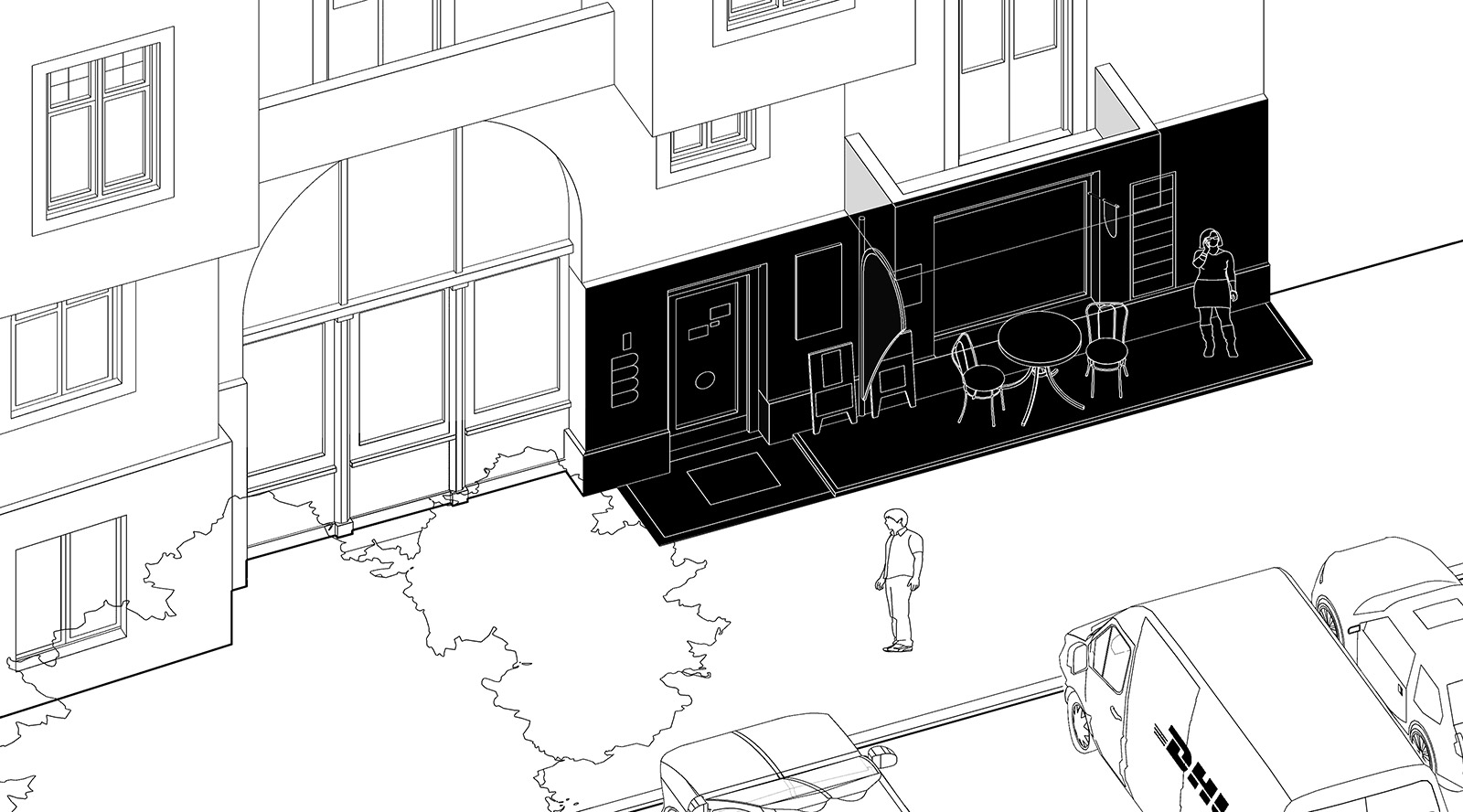
5 Deutsche Post Filiale 605 Markelstraße 8, 12163 Berlin

Sunglasses Retrosuperfuture Drew Black, R (53)
BB2040
[EN] Berlin Brandenburg 2040 was initiated by the Habitat Unit in cooperation with Projekte International and provides an open stage and platform for multiple contributions of departments and students of the Technical University Berlin and beyond. The project is funded by the Robert Bosch Foundation.
[DE] Berlin Brandenburg 2040 wurde initiiert von der Habitat Unit in Kooperation mit Projekte International und bietet eine offene Plattform für Beiträge von Fachgebieten und Studierenden der Technischen Universität Berlin und darüberhinaus. Das Projekt wird von der Robert Bosch Stiftung gefördert.








